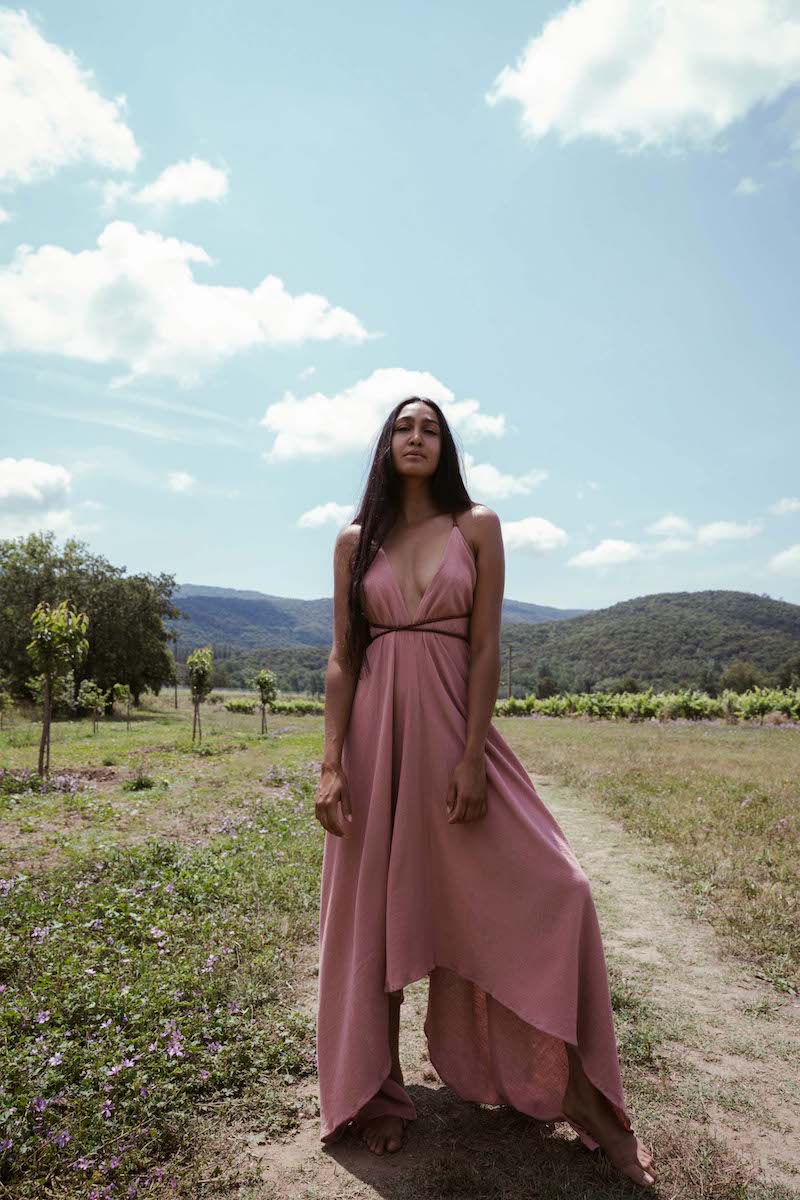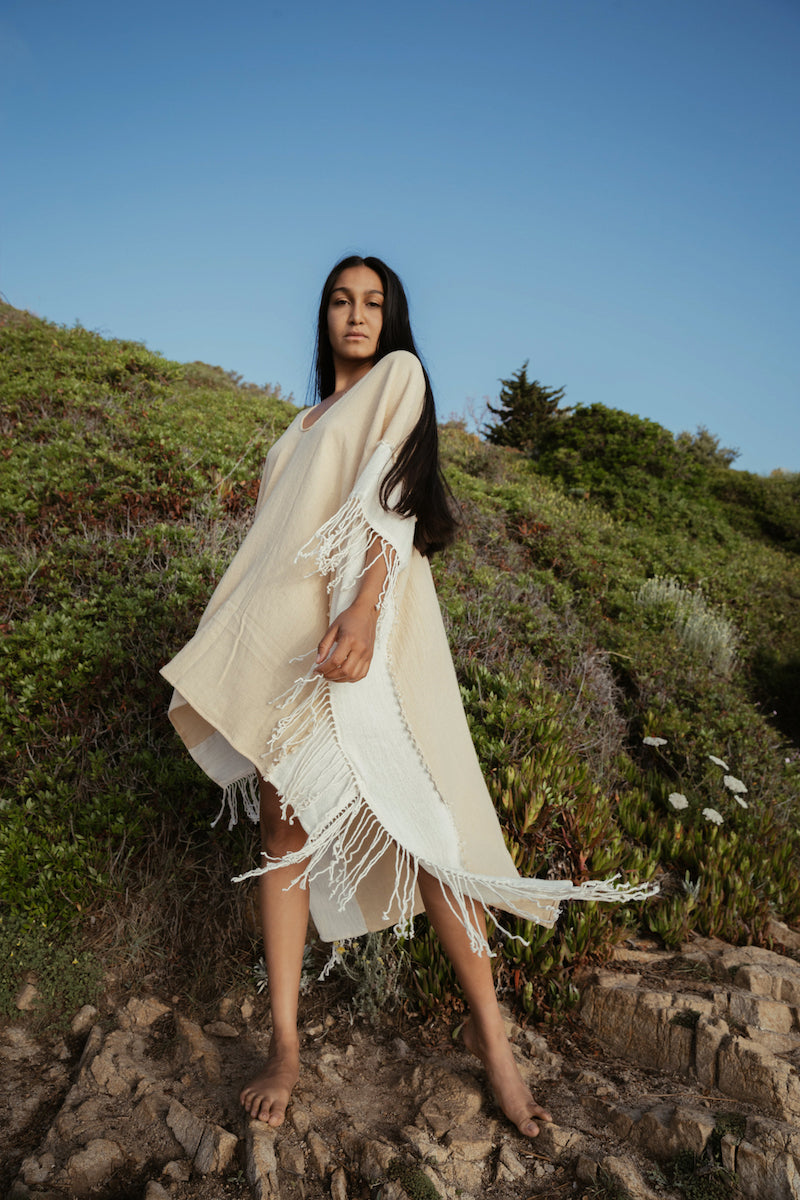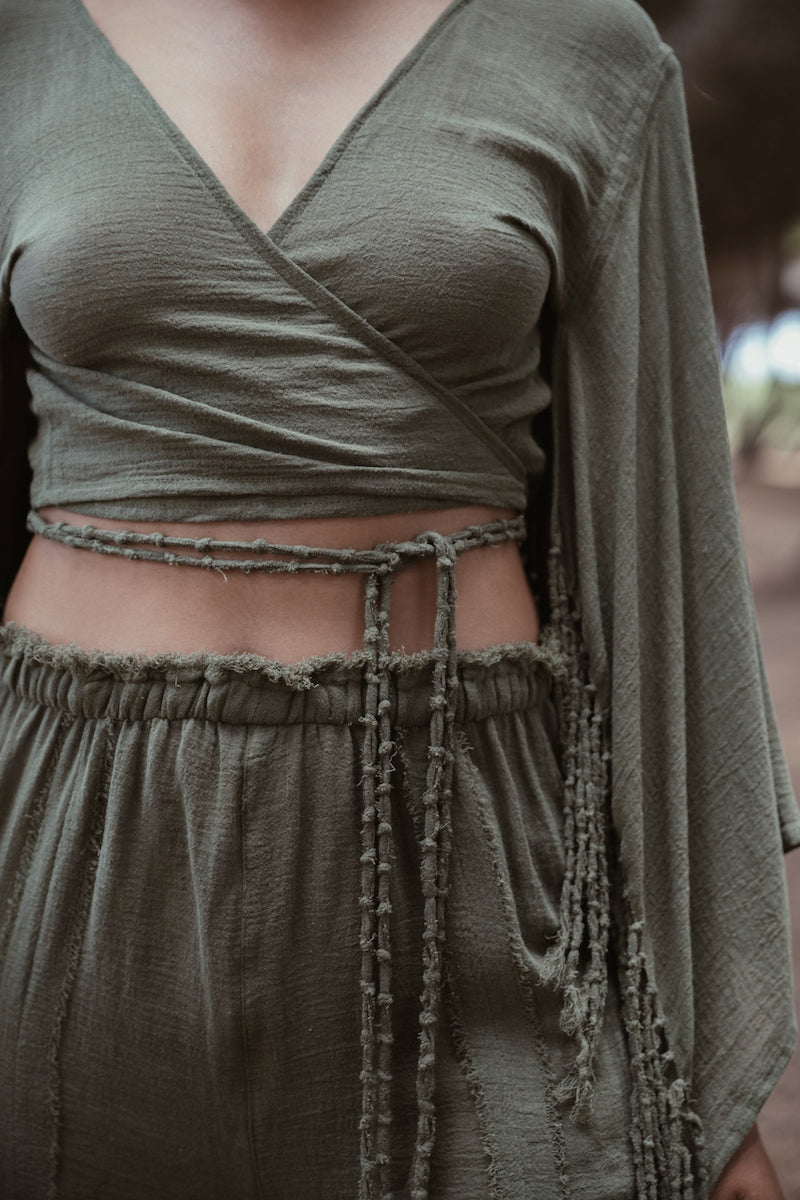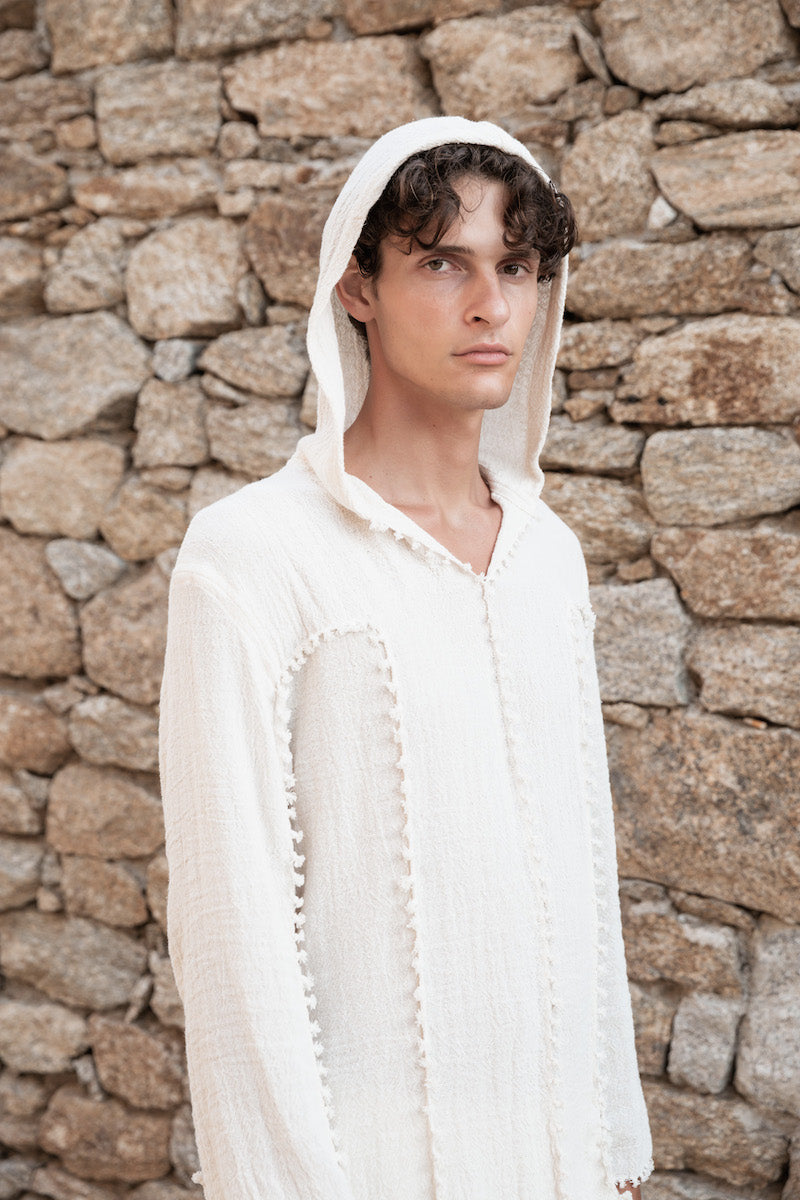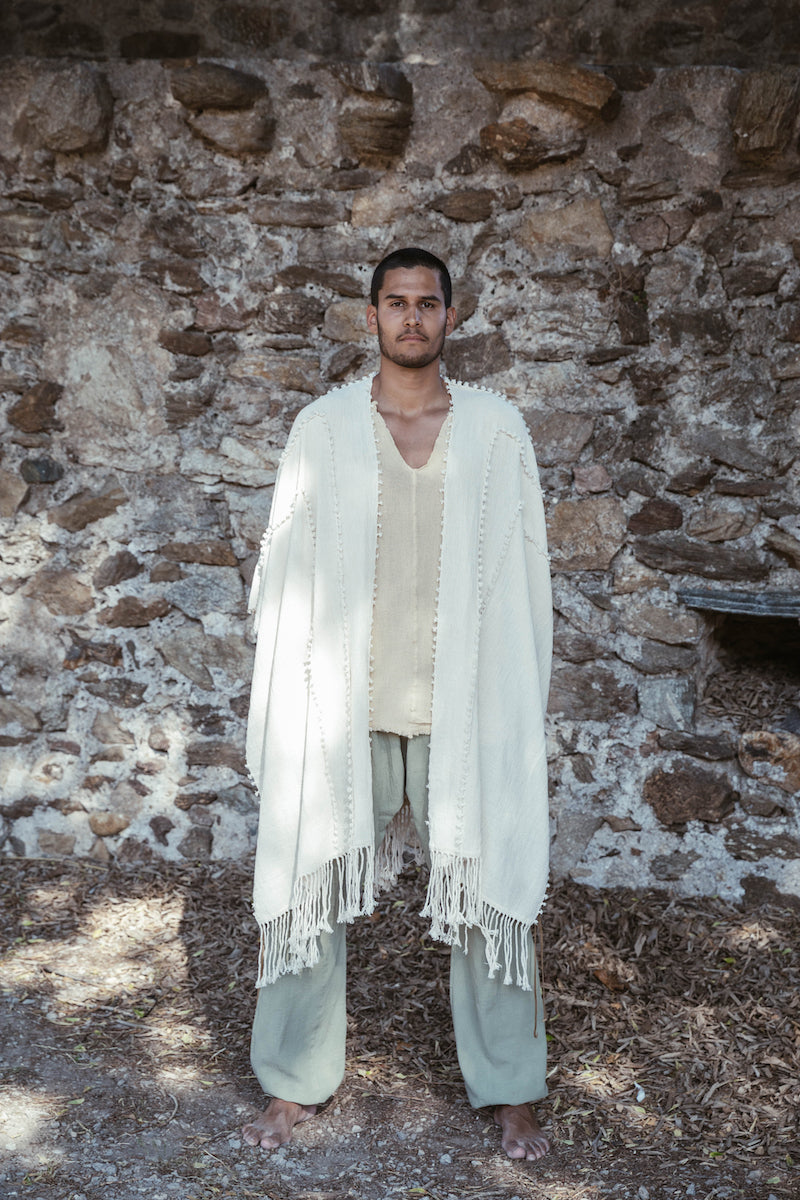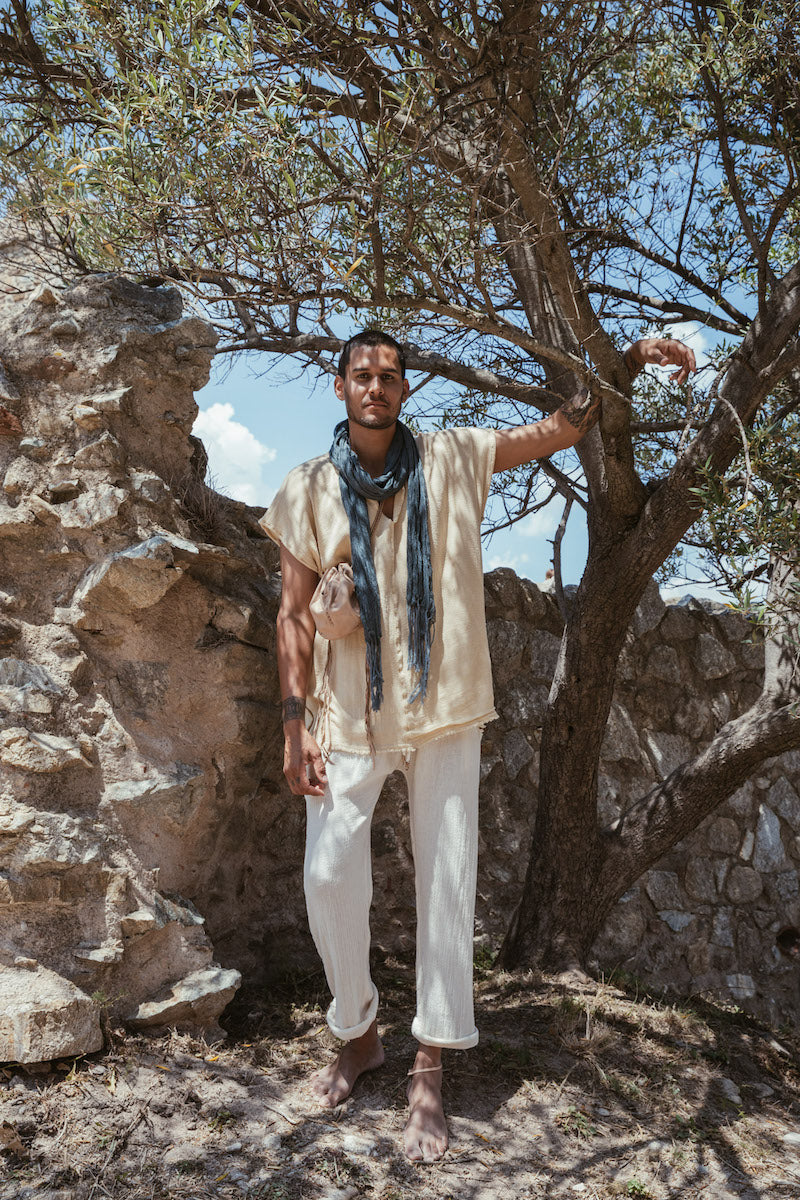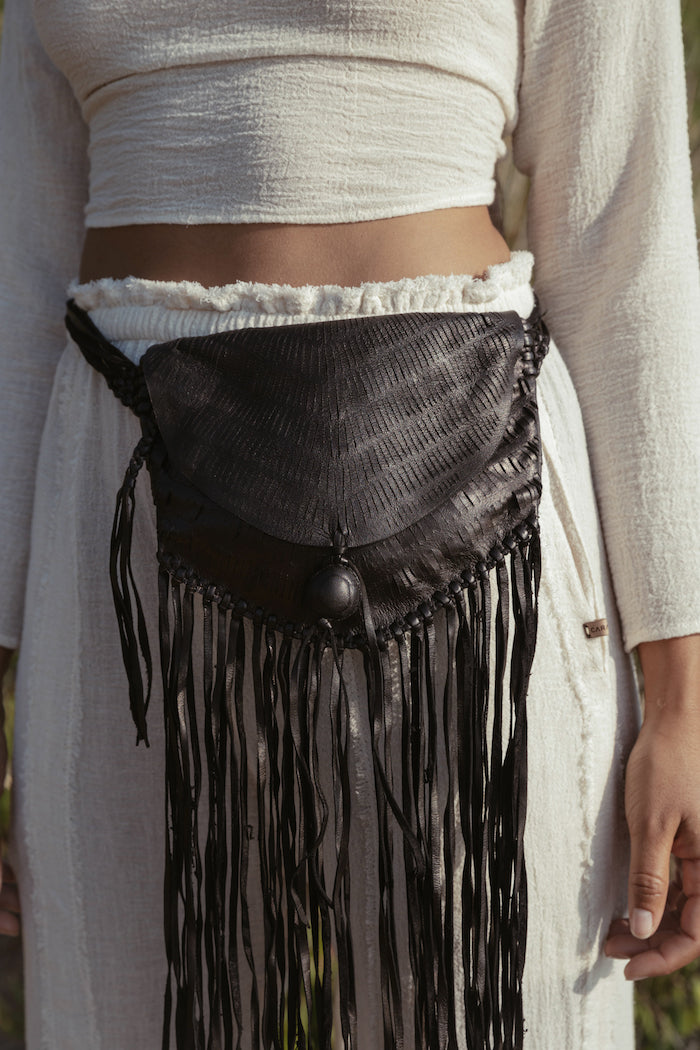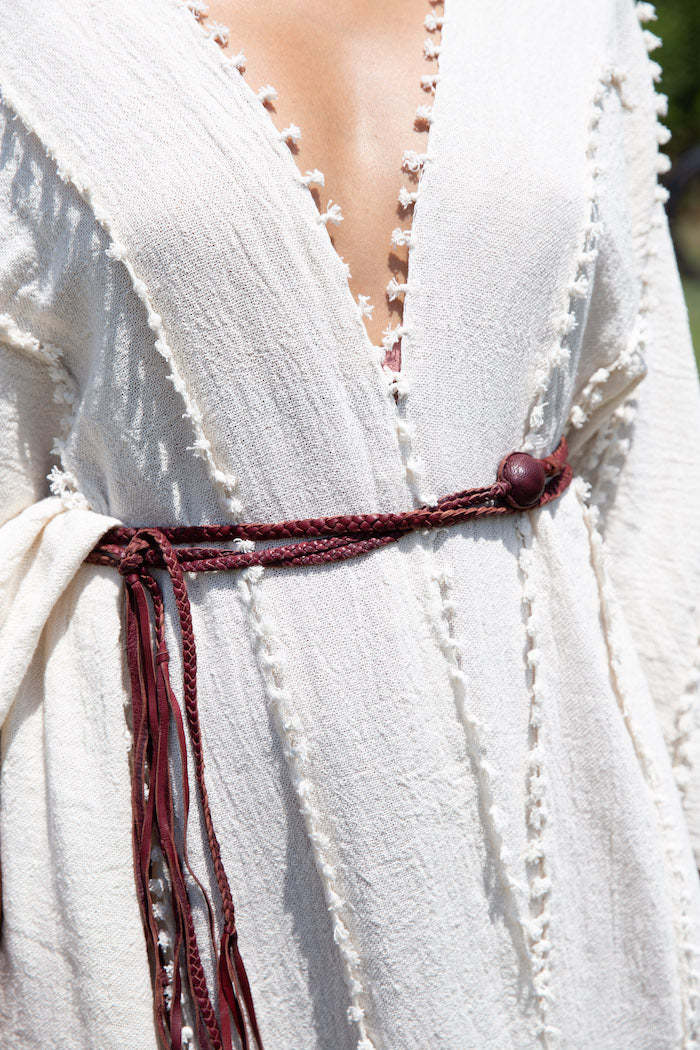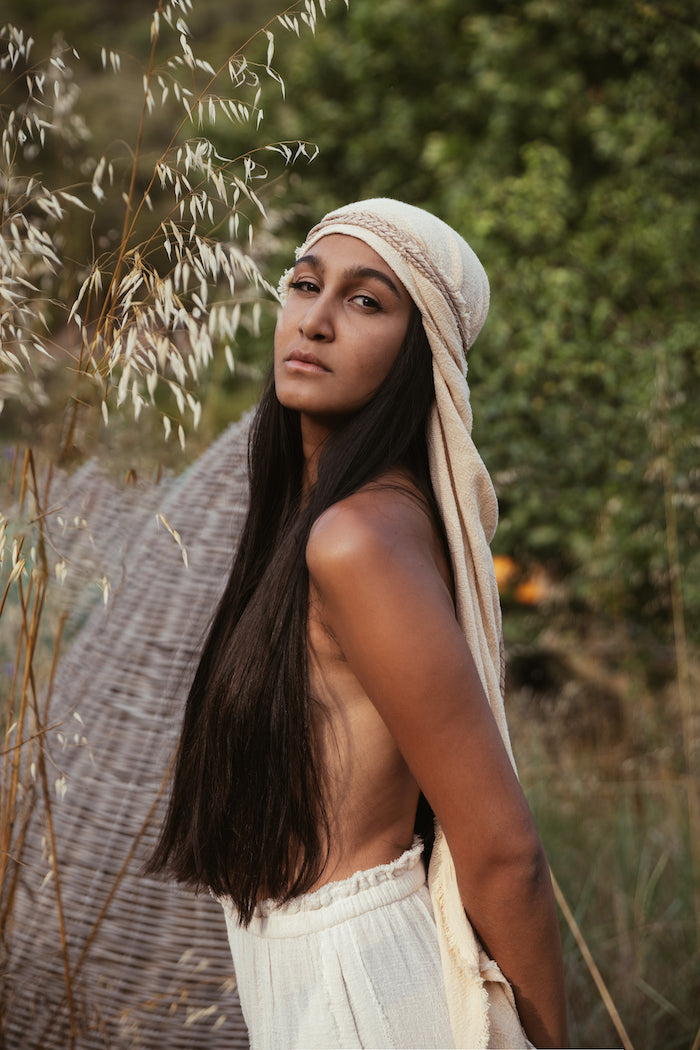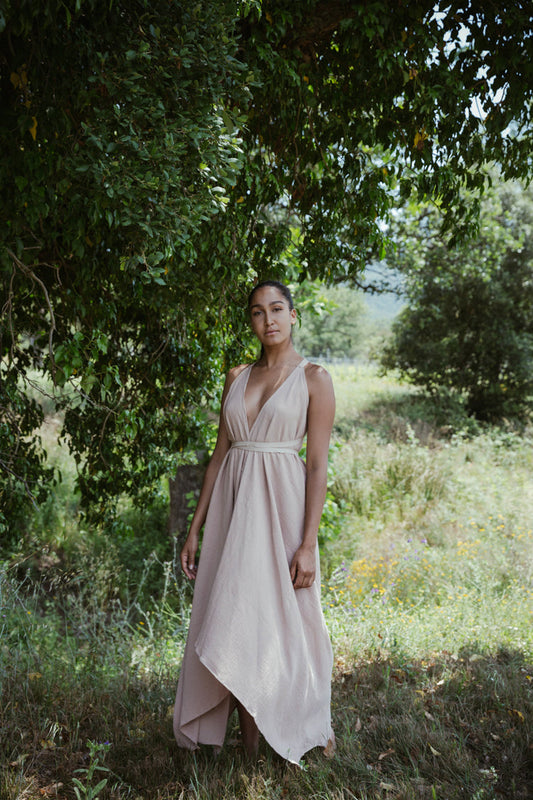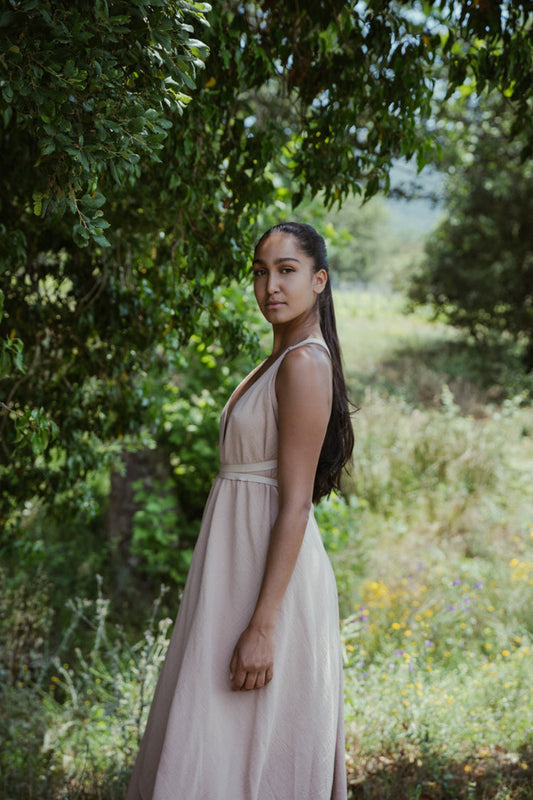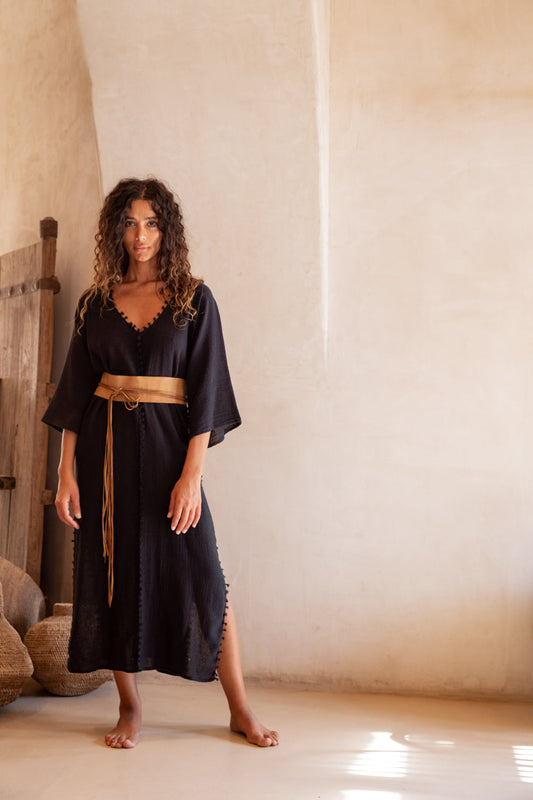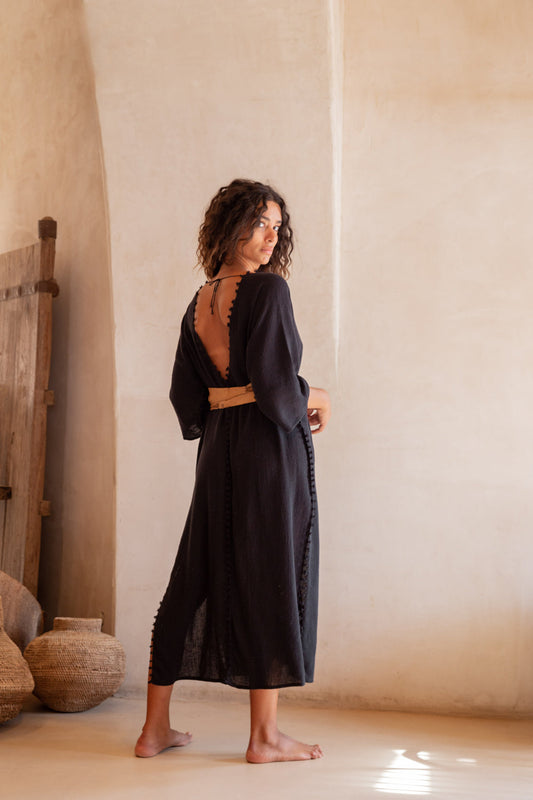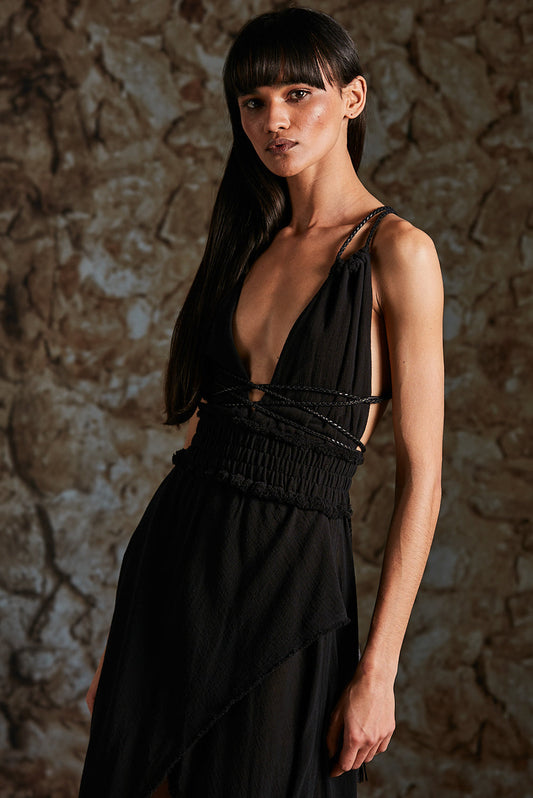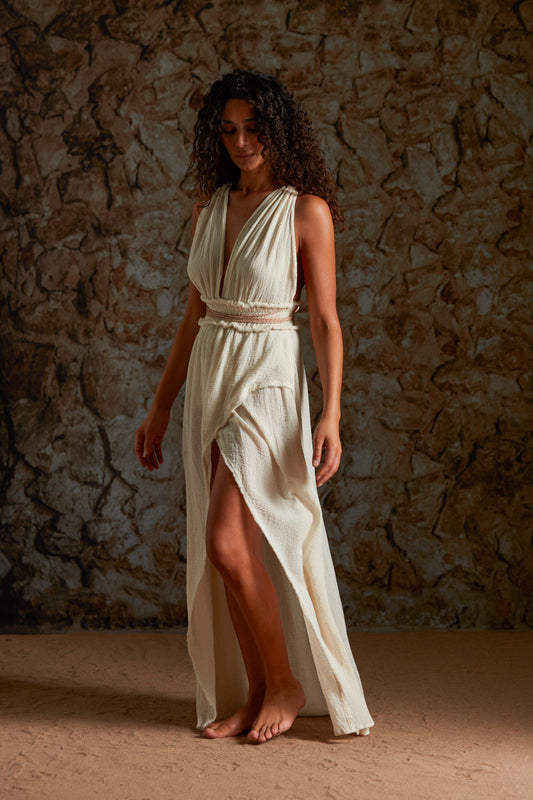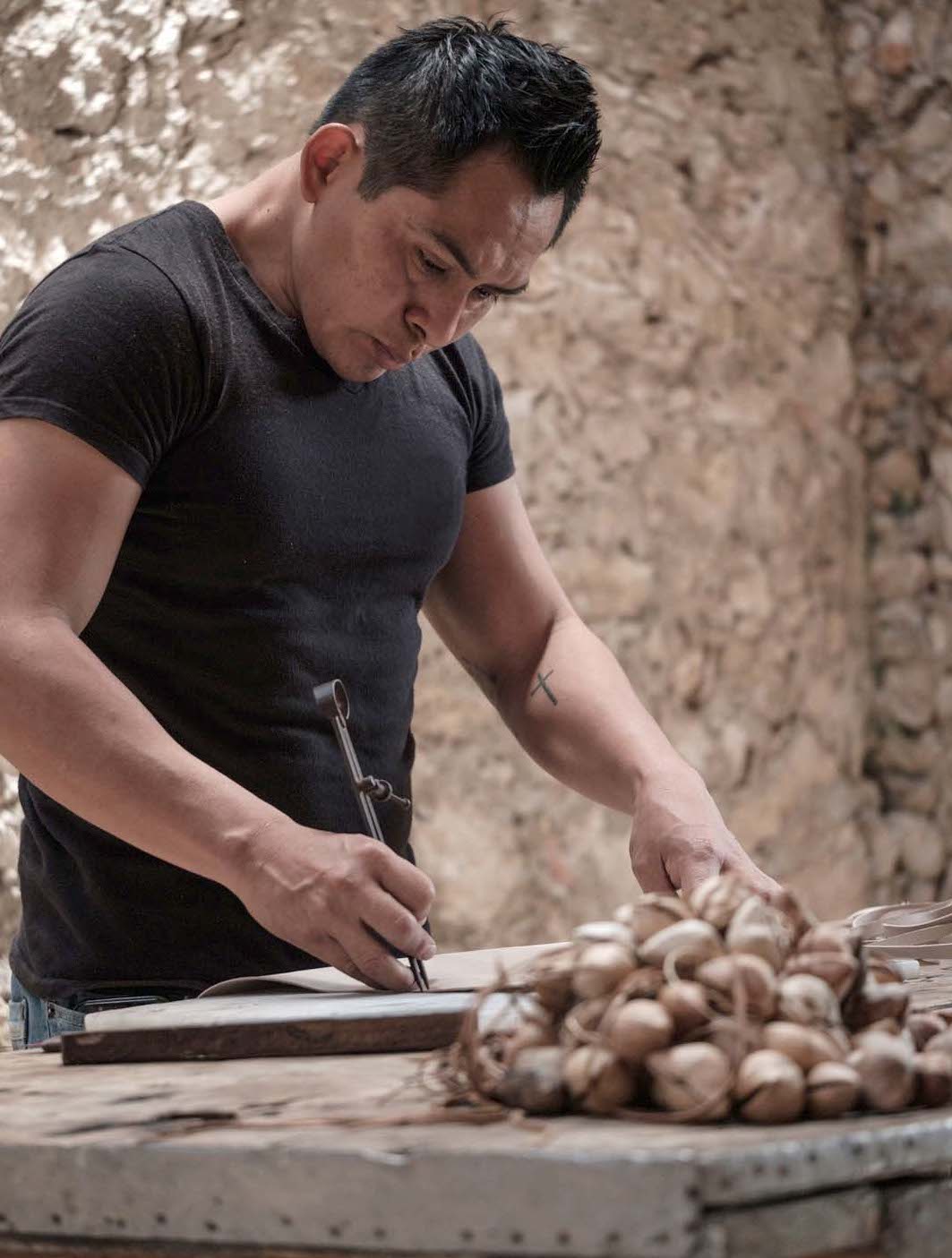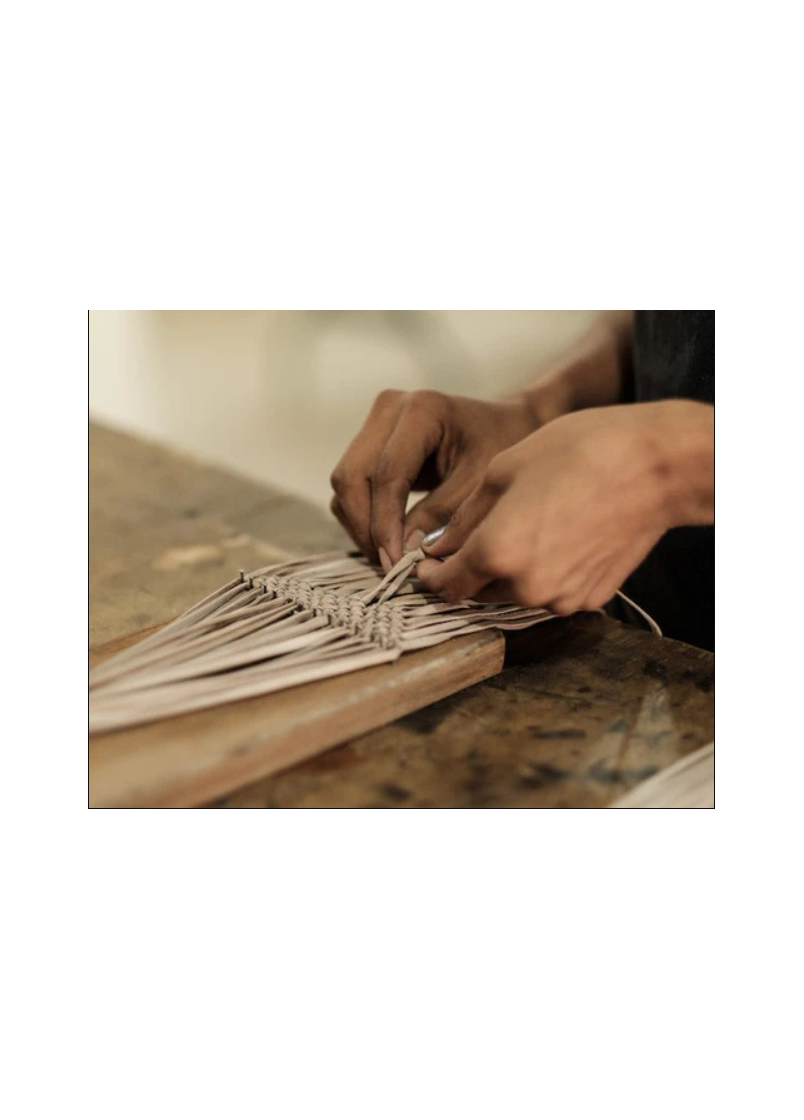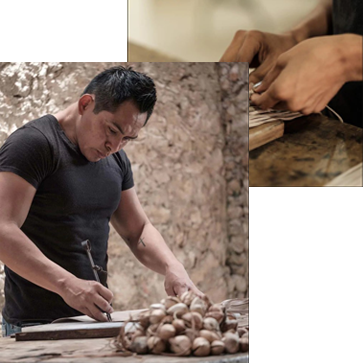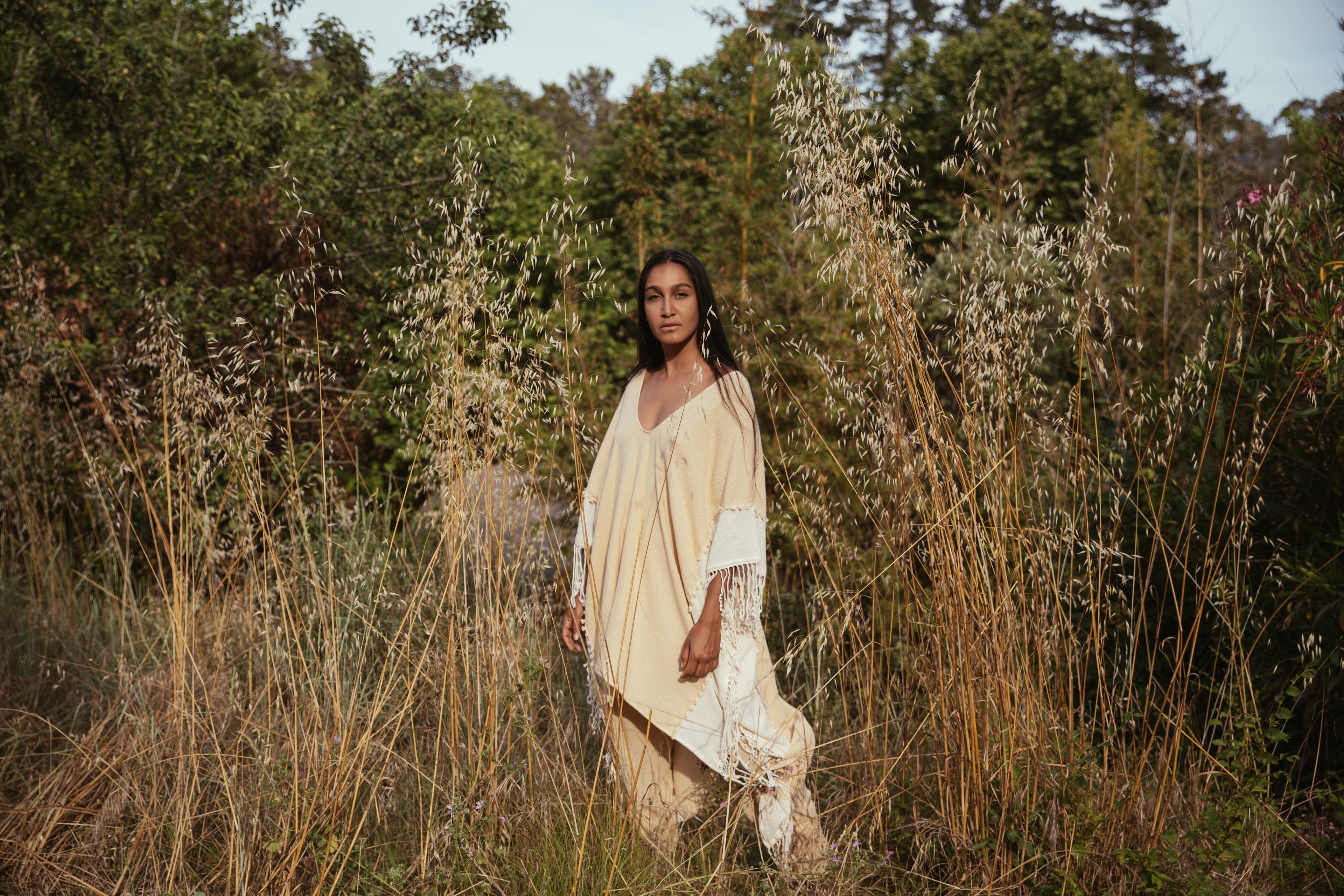
Handcrafted attire to pioneer your journey of self-expression
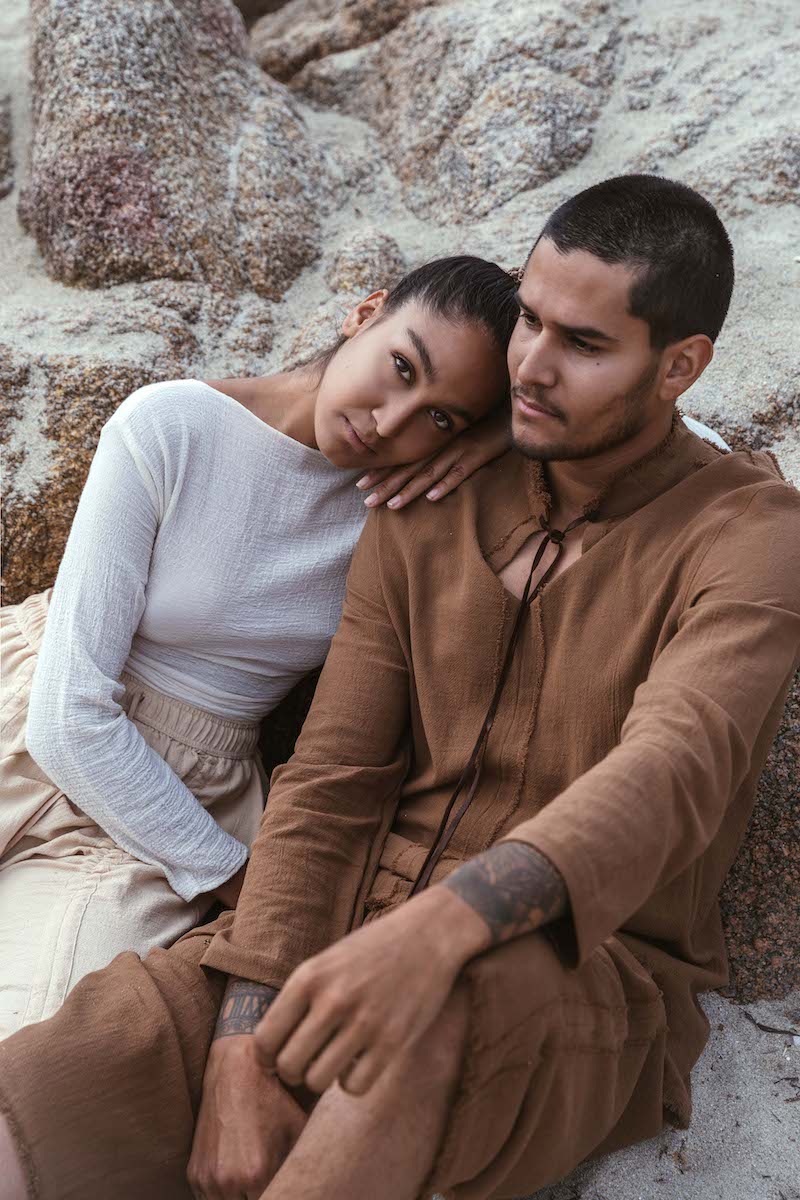
CARAWANA
HANDCRAFTED ATTIRE TO PIONEER YOUR JOURNEY OF SELF-EXPRESSION.
-
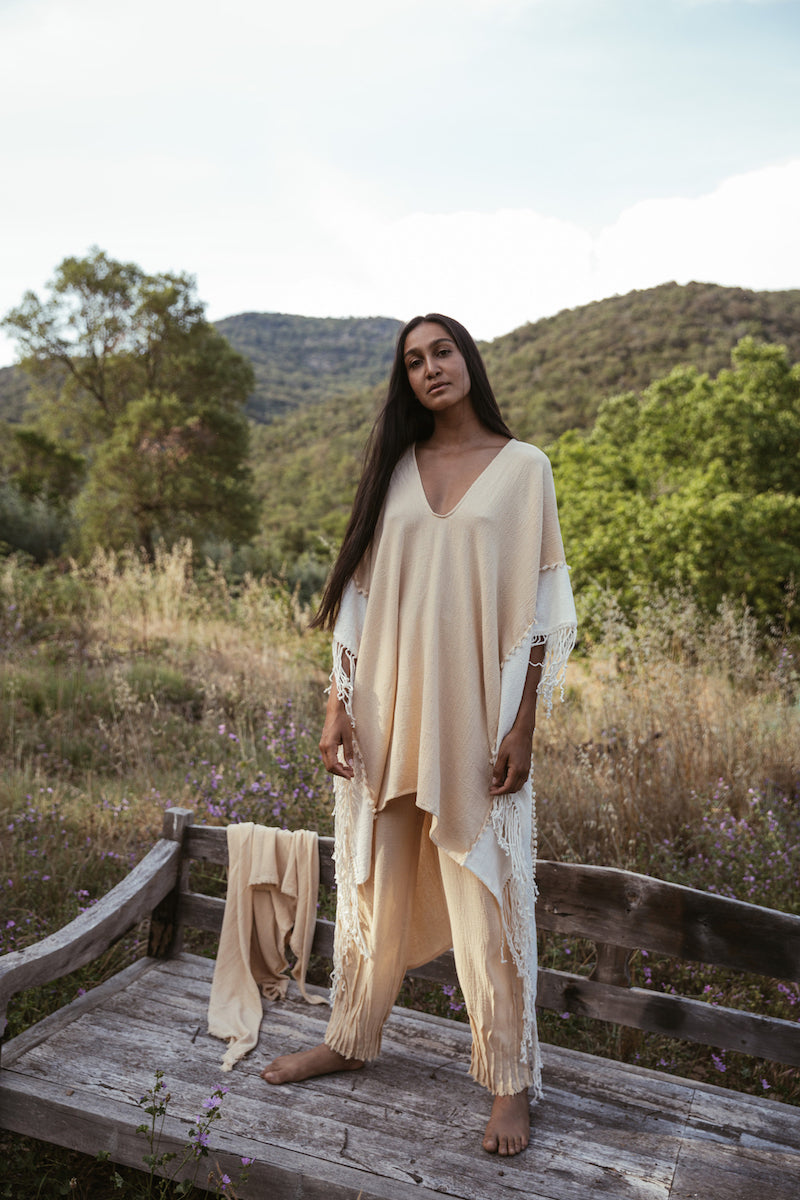 Shop Womens
Shop WomensDress for the journey that is your own creative evolution of self
-
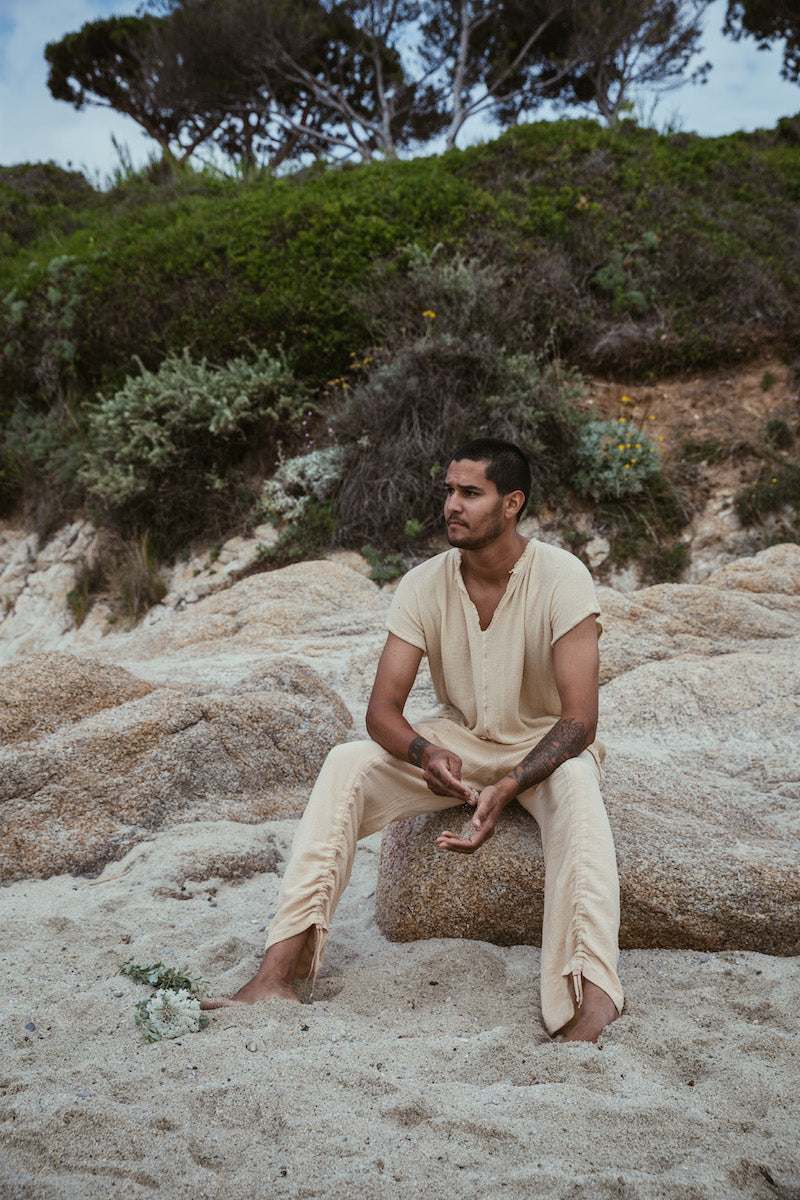 Shop Mens
Shop MensApparel for the pursuit of your own raw expression
-
CARAVANA’s pieces are carefully handmade by skillful artisans using ancient Mayan techniques. A new alchemy we call “Neo-artesania” which merges concepts from the past with a modern twist
-
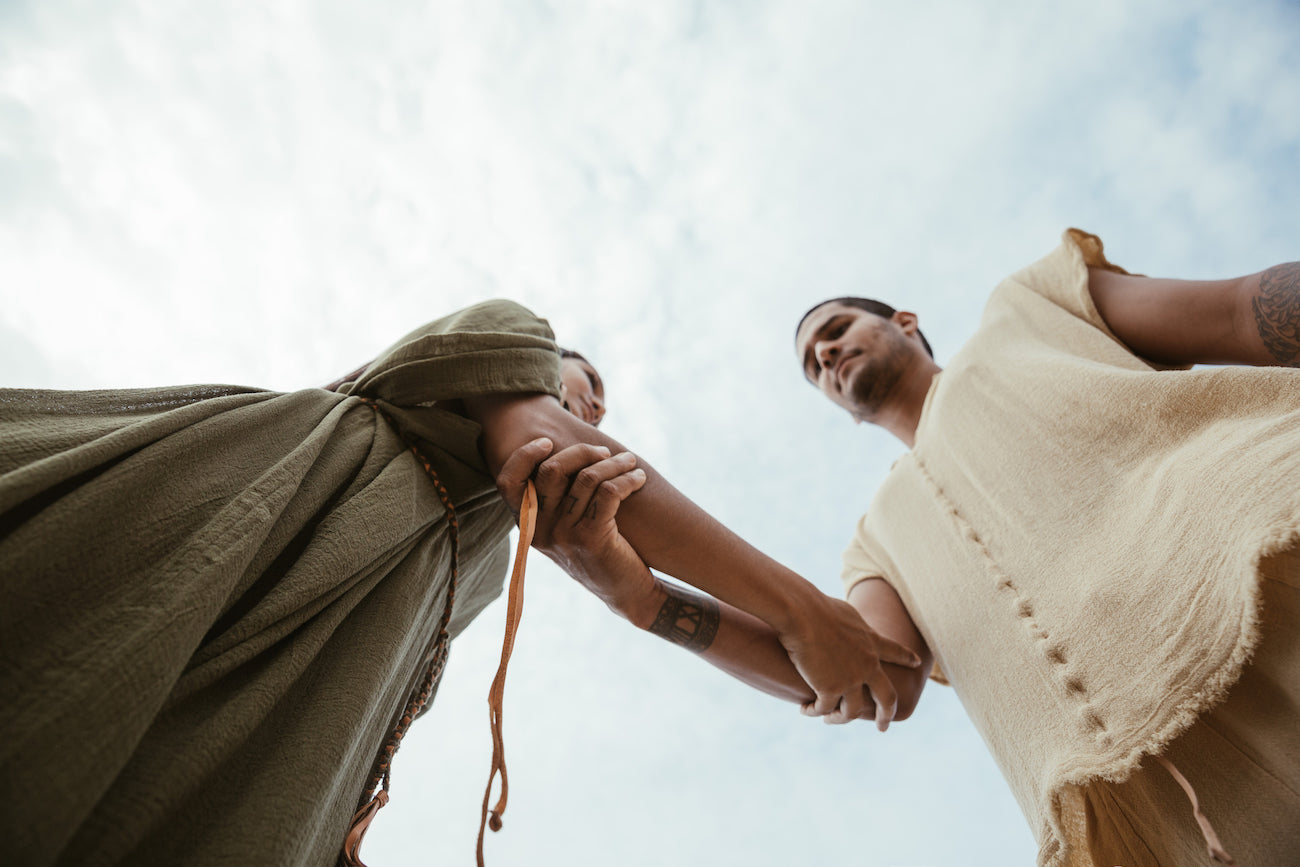
CARAVANA’s garments and accessories come into the world as a growing tapestry that blends traditional techniques with threads of modernity.
-
Sold outSold out
-
Sold outSold out
-
Sold outSold out
-
Sold outSold out
-
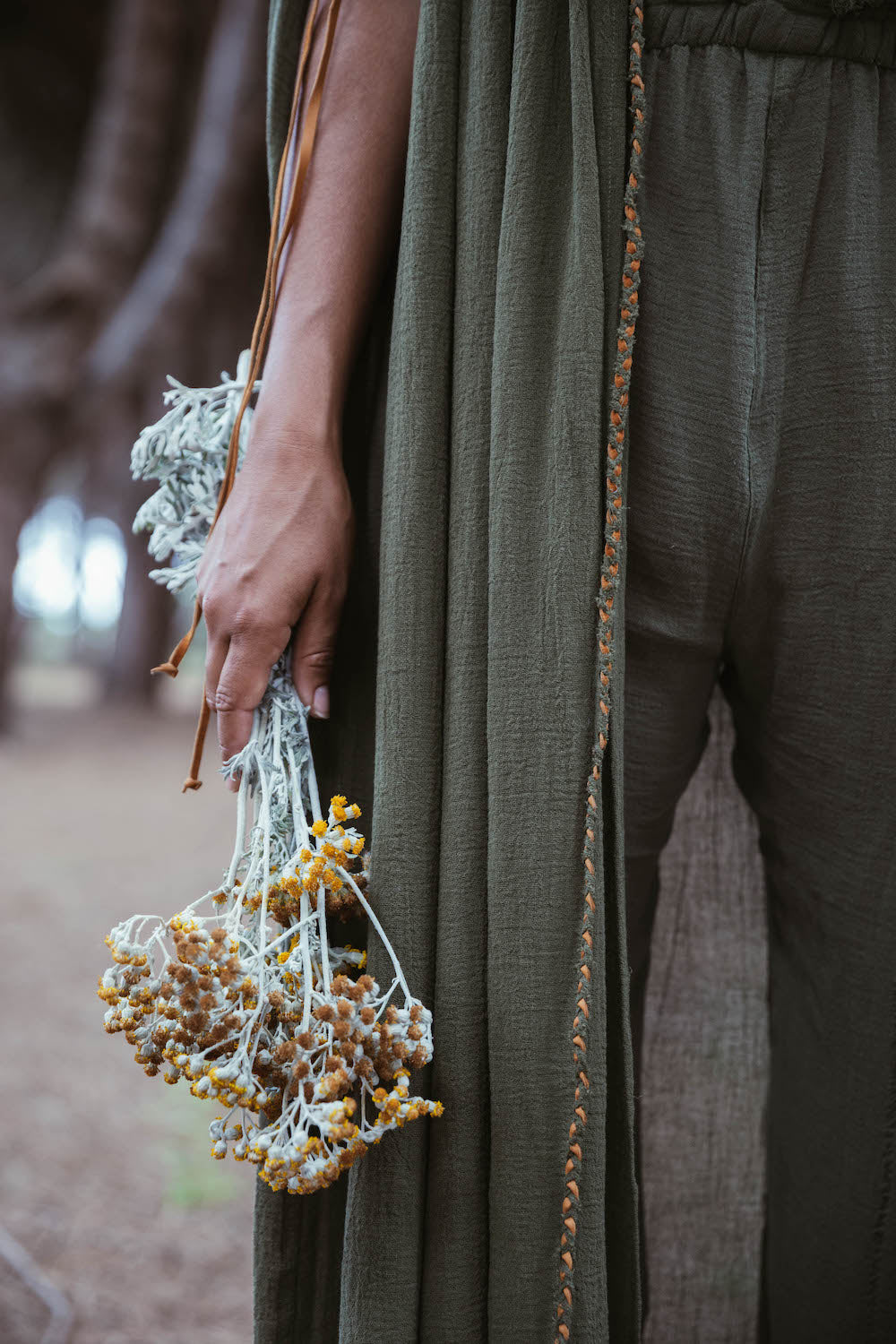
CARAVANA’s garments and accessories hold a rare human touch, each methodically crafted by skilled artisans in Mexico and Turkey.
-
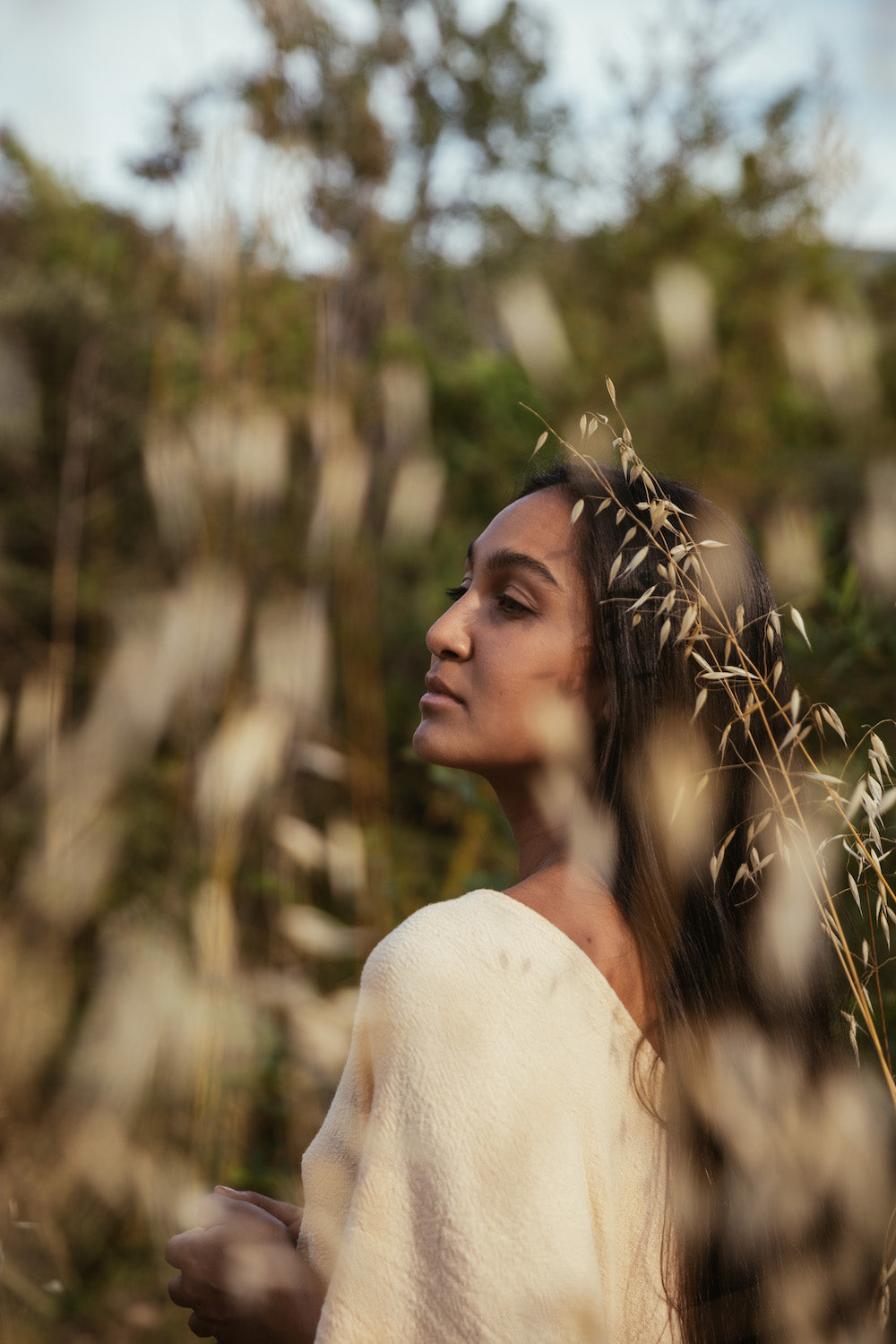
Though each pieces remains true to its original blueprint of design, what you hold is a legacy of nature’s variation. As no two fingerprints are the same, neither is a timeless treasure of CARAVANA’s.
-

Mykonos | TENT
Visit Mykonos -
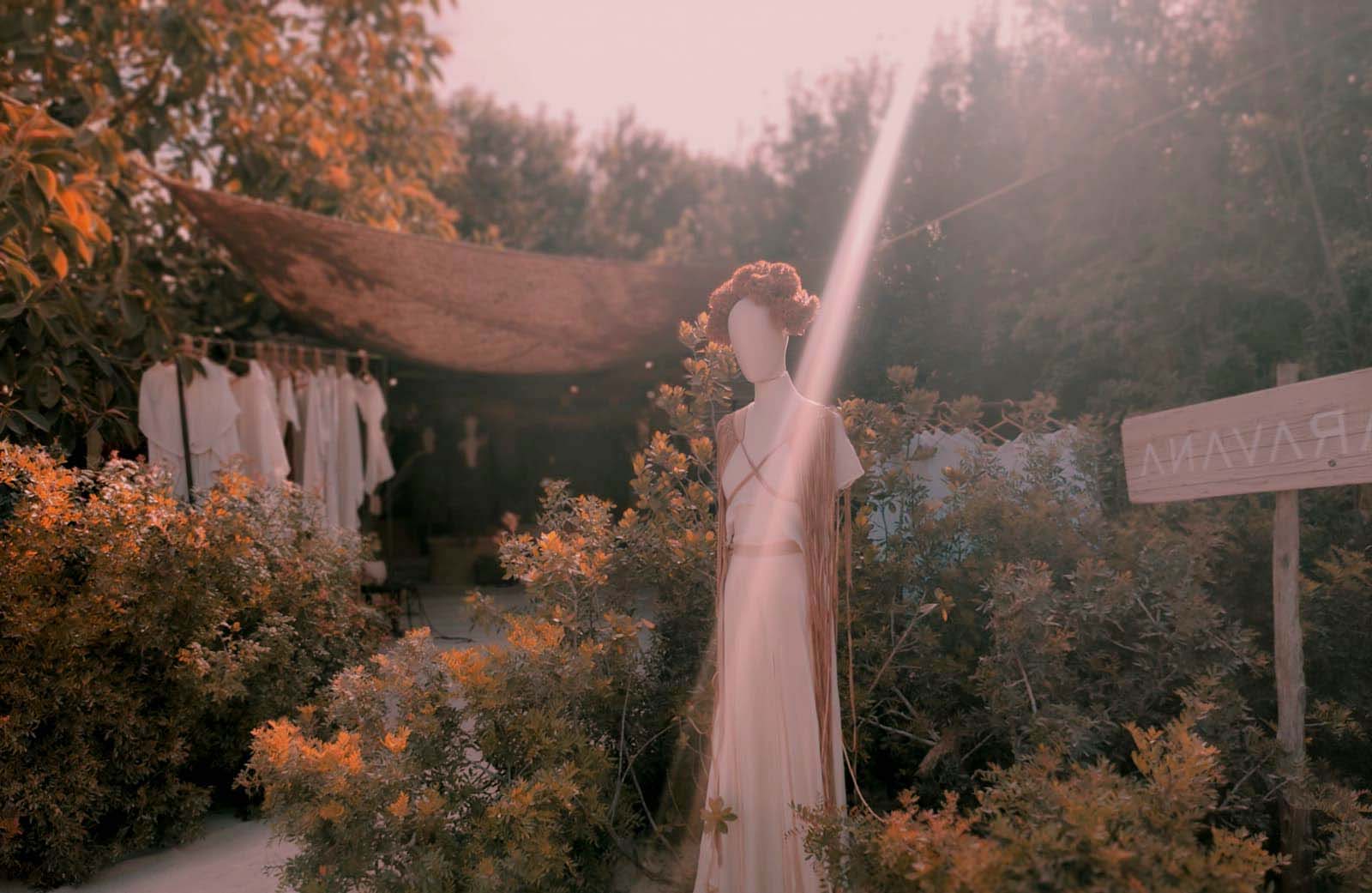
Ibiza | TEMPLE
Visit Ibiza -
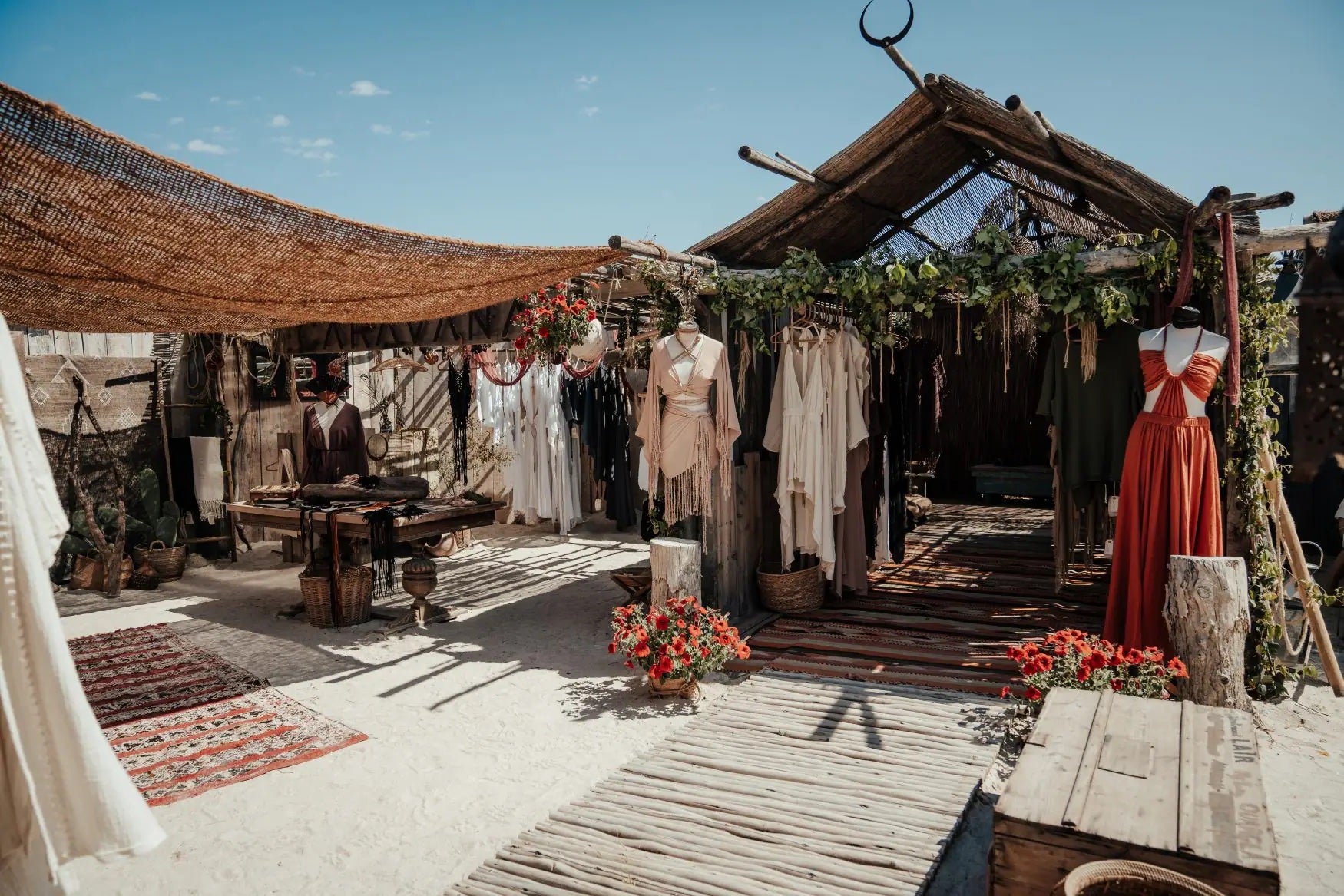
St Tropez | TEMPLE
Visit St Tropez -
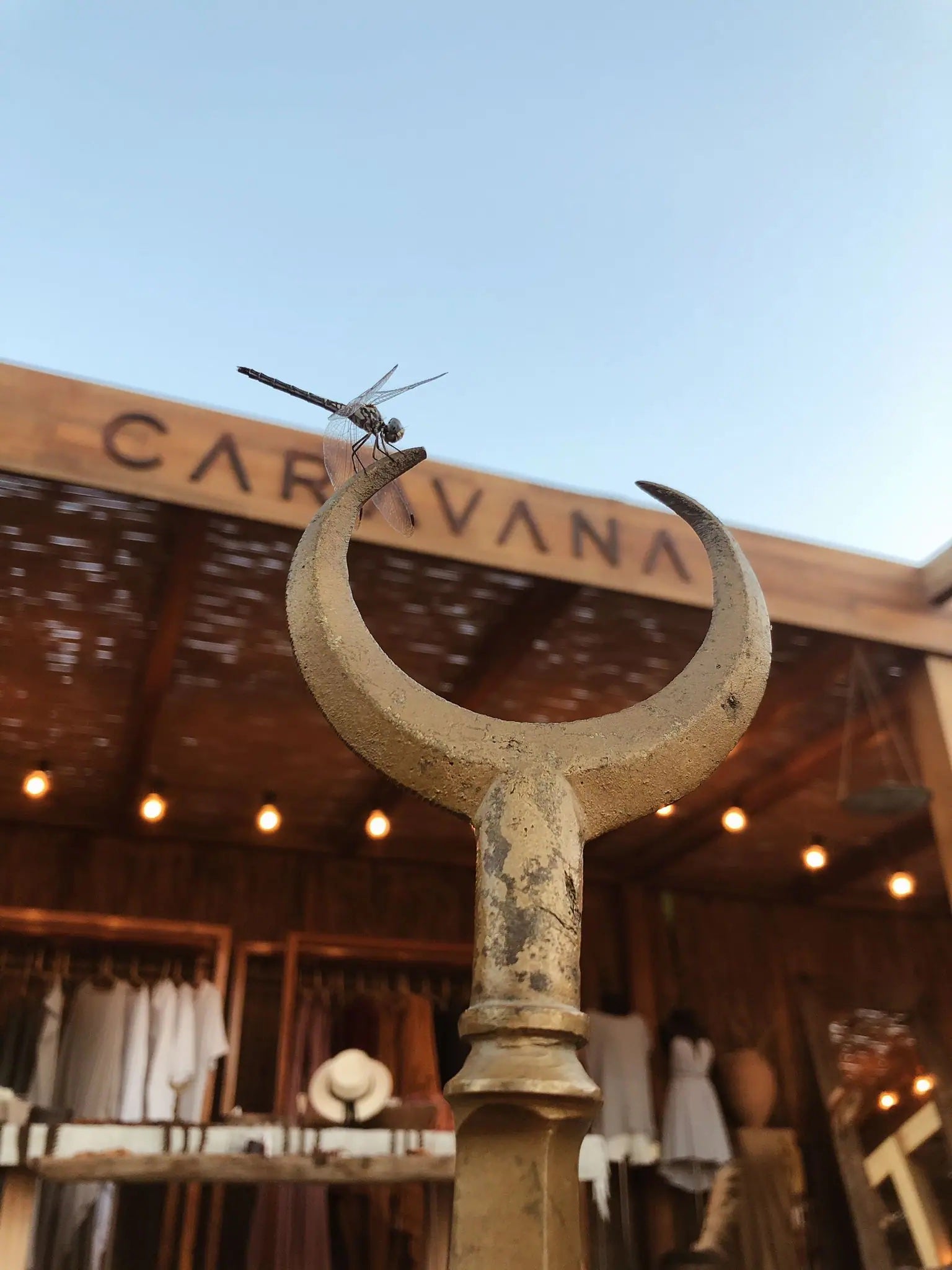
Bodrum | TEMPLE
Visit Bodrum -
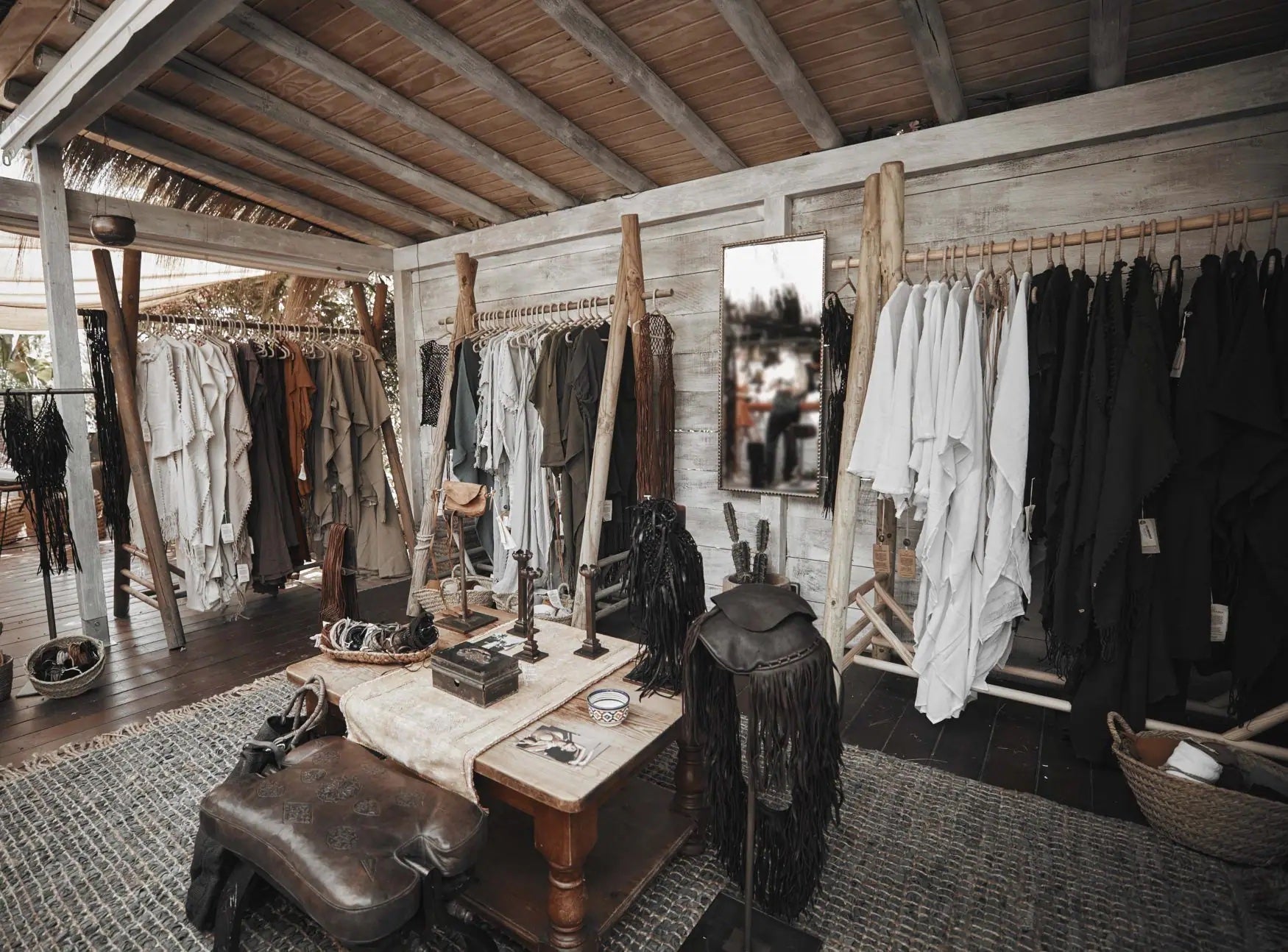
Marbella | TEMPLE
Visit Marbella -
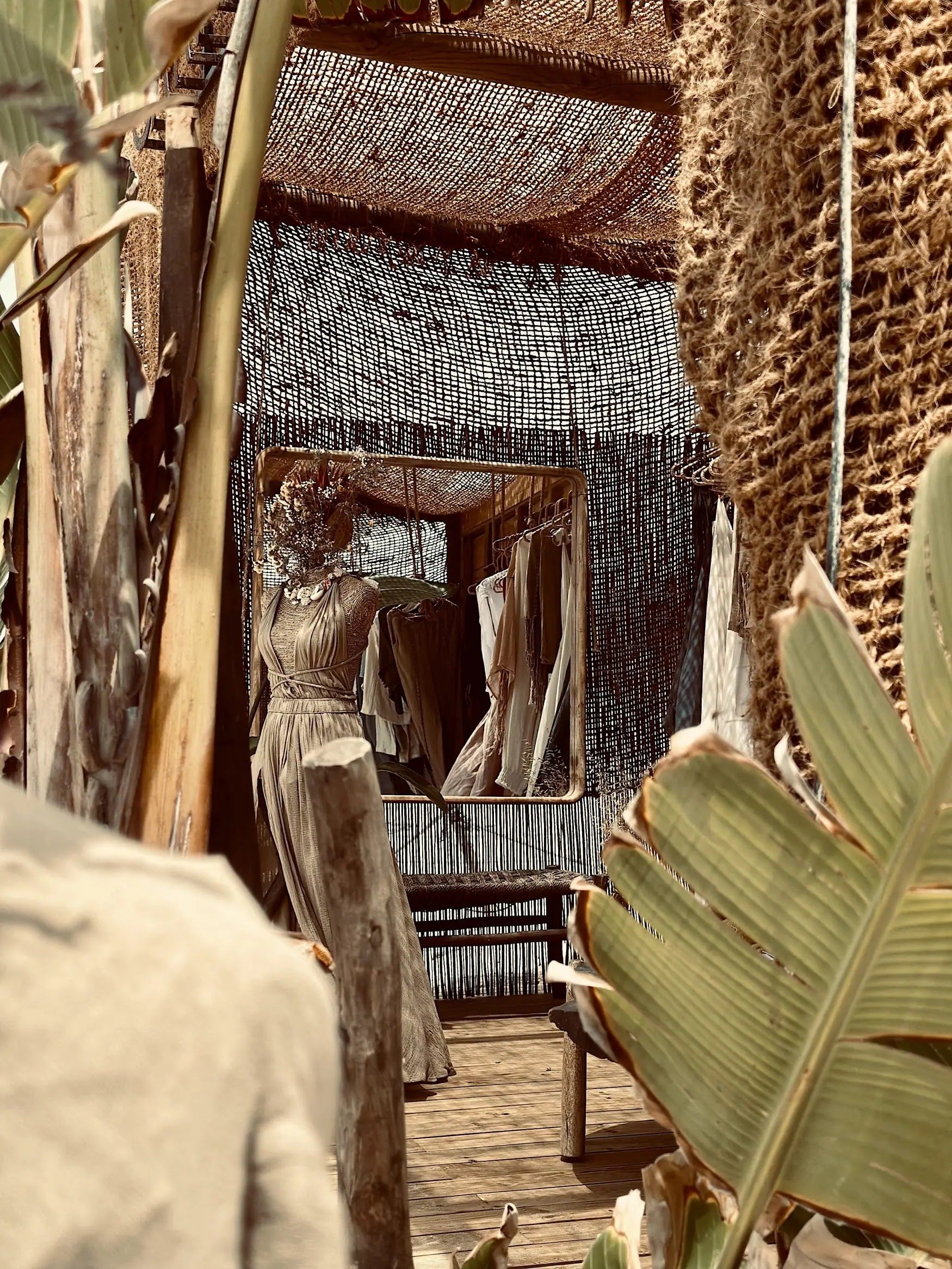
Lisbon | TEMPLE
Visit Lisbon -
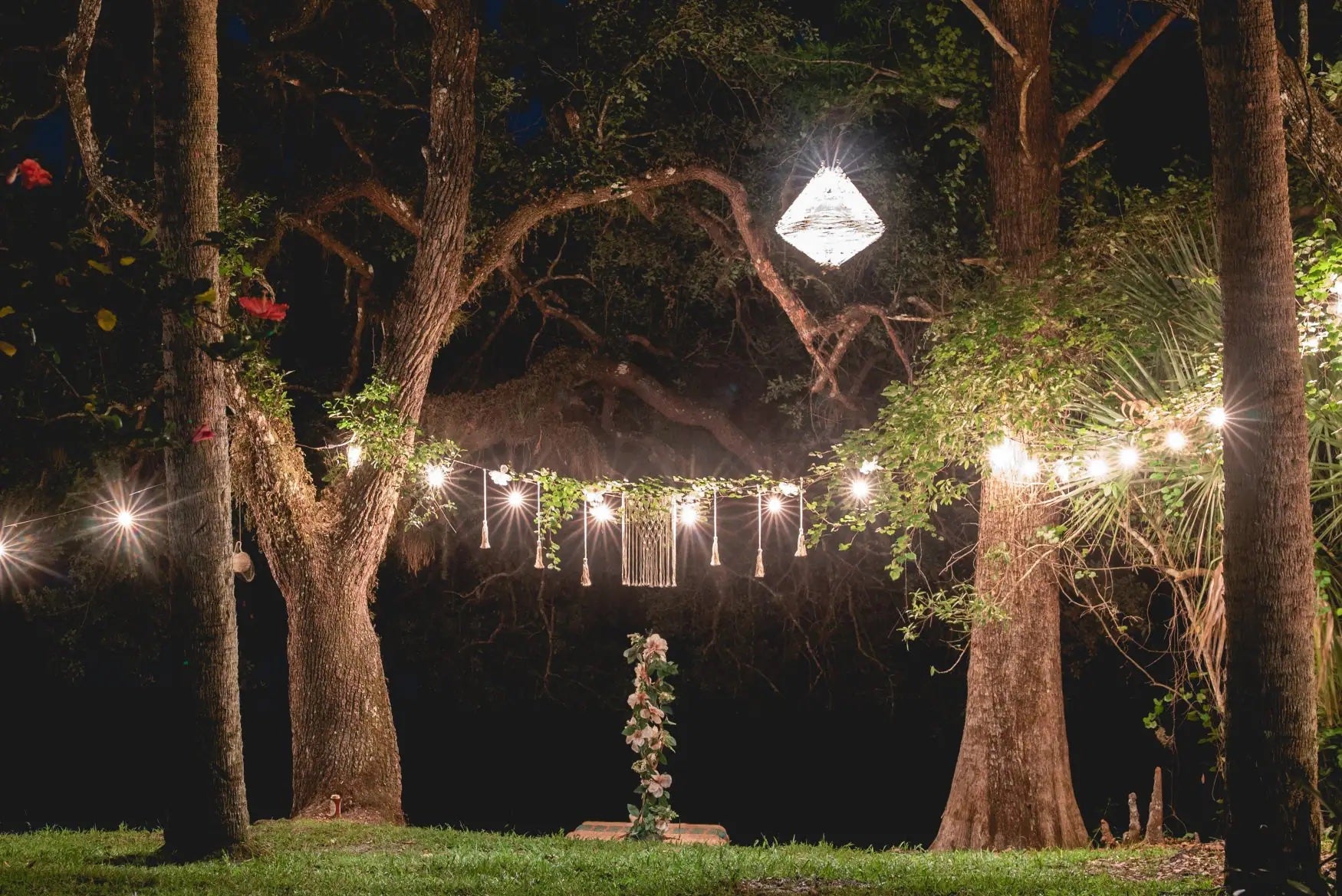
ChoZen | RETREAT
Visit ChoZen -
OUR STORES
-
WELCOME TO THE CURATED SPACES OF CARAVANA.
Step into the elegantly curated reality of CARAVANA’s stores. No location is the same; every space is uniquely crafted to blend with the natural design, architecture, and cultural heritage of the lands where you find us. Our stores reflect diversity, culture, and community, giving you a sensory experience of our ethos and the enriching, vibrant world around you.
-
A Platform Of Elevated Expressions
-
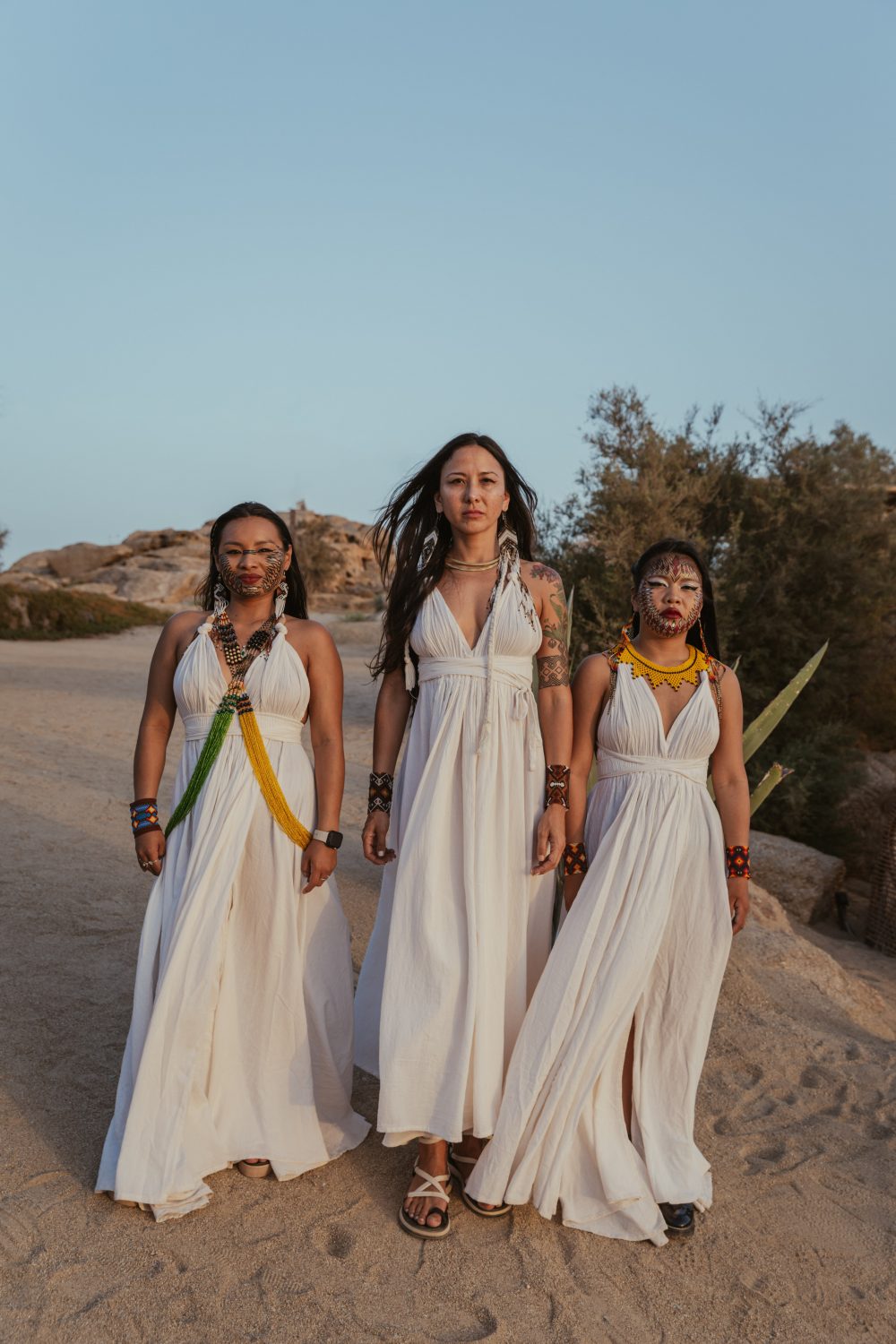
-
Welcome to CARAVANA Tales, a compendium of our dialogues with artistic pioneers of their mediums, past events we have curated, and the threads of our identity. CARAVANA Tales is a tapestry of sound, music, expression, and musings of a journey that continues to unfold as our story does.
OUR COMMITMENTS
-
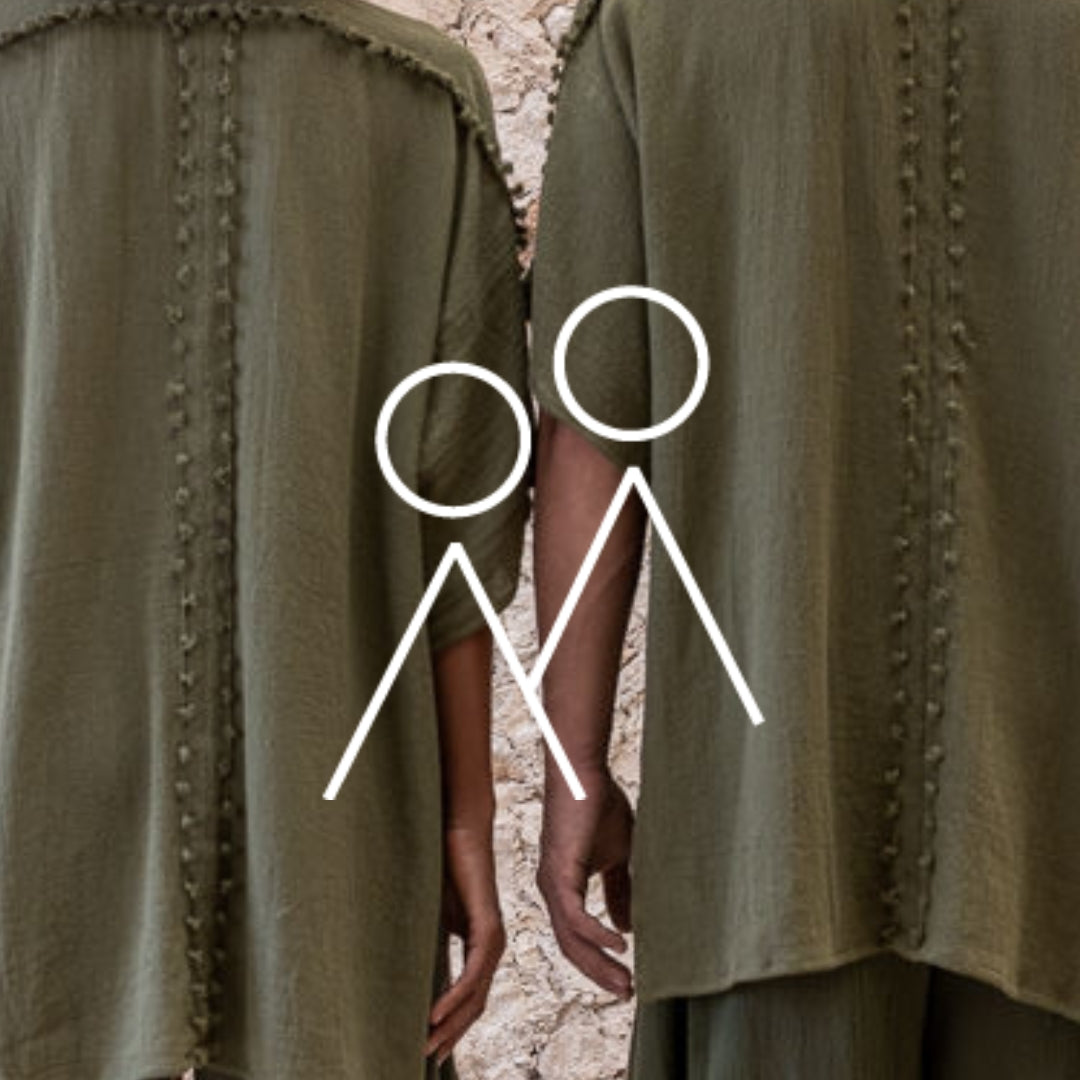
Community
The most beautiful thread of our tapestry is the global community of artisans crafting our pieces. Through them, we humbly weave a story highlighting artisanship, cultural beauty, and diversity.
-
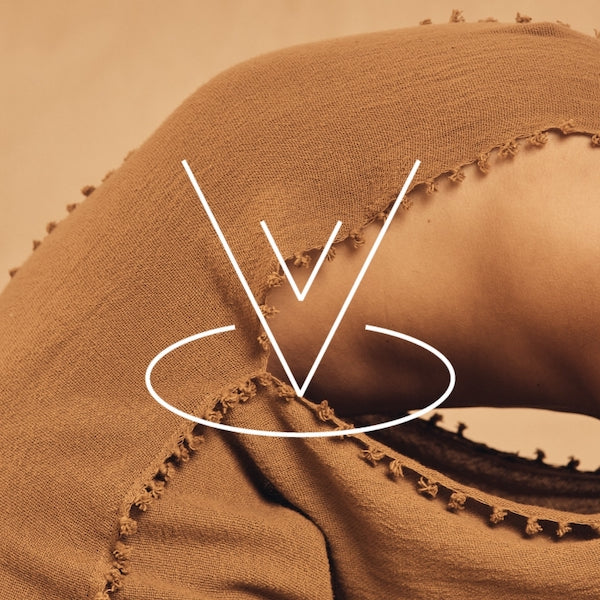
Craftsmanship
Craftmanship with a human essence is what brings our attire to life by the hands of our artisans. Each garment's story begins with them, and continues through you, the wearer.
-
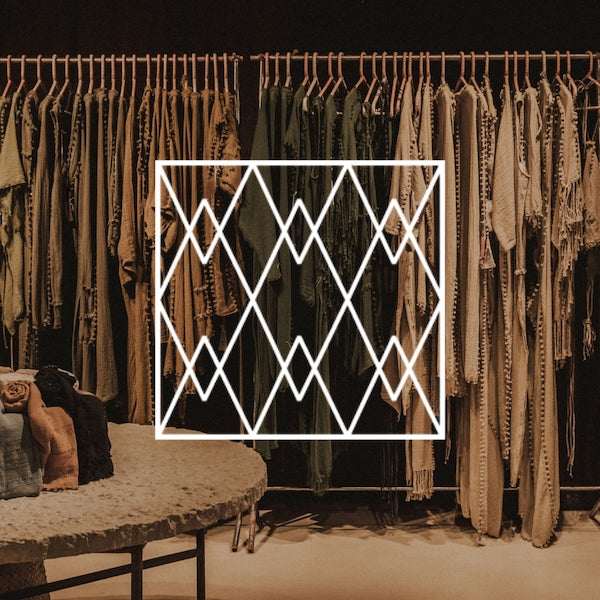
Raw Materials
CARAVANA’S vision of the future is green. With the wellbeing of our planet at the forefront, our artisanal methods and natural resource optimization makes our collections rare and limited. Our commitment to the earth is a vital part of our ever-evolving story.




